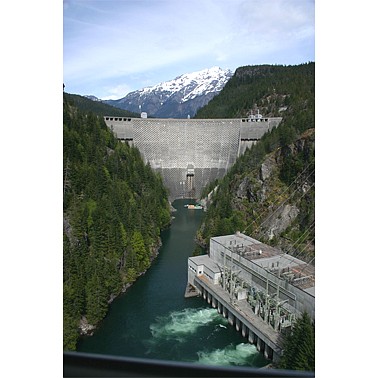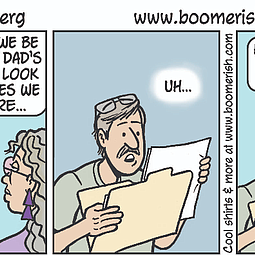Power for People, Water for Fish at Seattle City Light Dams
May 1, 2013 at 11:45 a.m.
Electricity is an invisible service. You really don’t think much about it unless it isn’t working. Seattle City Light customers have the benefit of reliable, low cost, clean and renewable power. But do you know where your power comes from before it gets to you?
For Seattle City Light customers, more than 90 percent of their electricity comes from hydroelectric dams. Much of this renewable energy is from City Light’s dams on the Skagit, Pend Oreille, Tolt and Cedar rivers.
Hydroelectric dams are often portrayed as harmful to fish in the rivers where they are built. However, the dams operated by Seattle City Light support healthy fish populations in rivers downstream of the dams – that’s one of our first considerations for our operations.
“Rivers are vital natural resources,” City Light Superintendent Jorge Carrasco said. “It’s our responsibility to be good stewards of the rivers and to protect the fish and wildlife that are found near our operations,” he said. “We can provide power for people and water for fish.”
In fact, City Light has full-time fish biologists on staff who work closely with hydro project operators to coordinate water flows. During spawning seasons for salmon and steelhead, fisheries biologists help determine how much water flows through the associated powerhouses. Their goal is to provide enough water to keep the places fish lay their eggs – called redds – covered and protect the eggs until they hatch. After those eggs hatch, flows are controlled to protect juvenile fish on a year-round basis.
Those decisions are guided by many years of City Light research on fish behavior and habitat requirements. “Understanding the complete life history and population dynamics of the fish species in the rivers where we operate is critical to determining if flow and habitat restoration measures used by City Light are effective in protecting and in some cases, enhancing fish populations,” City Light Fisheries Biologist, Dave Pflug said.
Such work was an important step in re-licensing the Skagit River Hydroelectric Project and those flow measures are now incorporated into the utility’s operating license from the Federal Energy Regulatory Commission. At the Skagit project, built above a natural barrier to fish migration, City Light has a solid understanding of how the flows affect salmon and steelhead. The result is power generation flexibility unheard of by other large hydroelectric projects that affect salmon.
Most hydroelectric projects in the northwest have prescribed monthly minimum flow releases. In contrast, Skagit project operators have the flexibility to choose from a range of flows depending on annual water and reservoir refill conditions and generation needs – protecting both operations and fish.
Monitoring during the last 20 years has demonstrated that the flow measures have successfully helped boost spawning populations of Chinook, pink, and chum salmon in the upper reaches of the river.
Ongoing Skagit fish research efforts are examining migratory behavior, population genetics, and ecological needs and population status of the three federally listed threatened species – Chinook, steelhead and bull trout – in the Skagit River. These fisheries investigations provide benefits to the utility, as well as the many stakeholders and recreational users on the Skagit.





